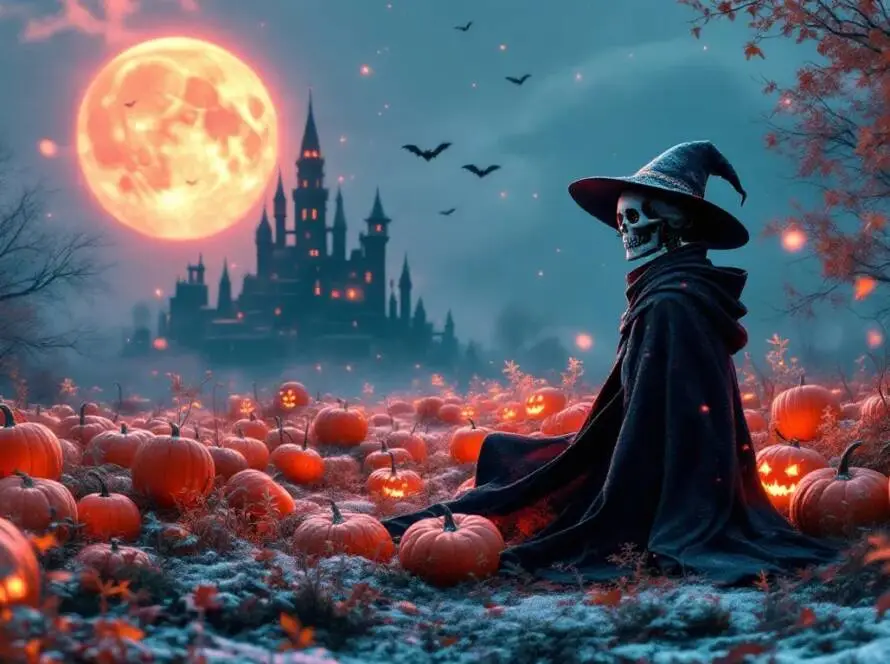Esther Howland (1828-1904)
It is truly amazing that this one woman could have had such a lasting impact on the millions of Valentines sent annually in this country. This is the story of one “visionary”, whose talent, imagination, dedication, and perseverance created a fascinating industry, and whom the Greeting Card Association has honored with the creation of the annual Esther Howland Award.
The Howland Family, with a prestigious lineage as far back as the Pilgrim fathers, operated Worcester, Massachusetts’s largest book and stationery store. As an impressionable young student at The Mount Holyoke Female Seminary, Class of 1847, and a contemporary of the young poet Emily Dickinson, Esther had been exposed to the annual Valentine festivities, which were later banned by the college for being too frivolous! After graduating at nineteen, she received an elaborate English Valentine from one of her father’s business associates. She was confident that she could make similar – even better ones. She convinced her father to order lace paper and other supplies from England and New York City and, with characteristic determination, made a dozen samples, which her brother added to his inventory for his next sales trip. Secretly hoping for as much as $200 in orders, they were stunned when her brother returned with more than $5000 in advance sales – more than she could hope to make herself. Recruiting friends and creating her now-famous assembly line, her business was born. Advertising and word-of-mouth, based on a beautiful product and a wide range of prices, led to a $100,000. Per year, business, and assured this ingenious woman a place in history. Her valentines were known from Maine to California, and today’s collectors can often recognize them by their characteristic refinement and detail.
Designing and creating these memorable missives required artistry, inspiration, and a touch of magic. The finished products evoked fantasy and romance, and set a trend for over thirty years. While other manufacturers competed for the affection of the public, none could compete with the quality, taste, and style of Esther Howland. While she was not the first to create Valentines in America, she is credited with popularizing the lace Valentine and propelling it into a significant industry. The accolade, “The Mother of the American Valentine” – first used in a newspaper article shortly after her death – places her deep within the heart of each of us, for Valentine’s Day has become an integral aspect of our culture.
The business thrived despite her semi-retirement in 1866, and a recurrent knee injury forced her to conduct her operations from a wheelchair for the next fifteen years. Finally 1881, morally compelled to care for her ailing father, she sold her business to an associate, George Whitney, whose company patterned many of their cards on the Howland model. She died in Quincy, Massachusetts, in 1904, never having married, but certainly having vicariously lived a magical love story.
This modern woman, who dared to establish a formidable business when women were not encouraged to assert themselves outside the home, has had a profound effect on all of us. From the elementary school “Valentine Box” to the millions of dollars in greeting cards marketed annually, to say nothing of the financial impact on our postal system, the popularization of the holiday is indebted largely to Esther Howland’s business acumen! Her contribution to the sending of Valentine cards cannot be overemphasized.
Esther Howland’s vision captured the public’s imagination and translated their fantasies into treasured mementos. Her cards became hallmarks of cherished relationships, and unspoken words signifying love and beauty, romance, and even marriage proposals became treasures to be kept forever. They became the incredible heritage of a woman who changed how LOVE is celebrated in America.
The Evolution of the Valentine
We have chosen to honor our beloved with a cherished emblem from the earliest tokens of affection – perhaps a feather, a flower, or a fern frond. These objects have evolved over the centuries, selected with love and respect, and meant to reflect the most sensitive emotion. Handmade devotionals, delicately cut in parchment and tenderly created in convents in France, Germany, and Holland since the 16th century, are the precursors of the modern Valentine, in the purest sense. As the paper industry evolved, and decorative paper became available in the 18th century, it became the vehicle for sentimental poetry, the canvas for elegant calligraphy, and cherished friendship greetings could be beautifully created and saved for posterity. The paper Valentine, commemorating February 14th, the date of the martyrdom of the patron of lovers, Saint Valentine, in 276 A.D., was catapulted into its great popularity by combining two factors: the availability of paper and a universal postal system. Until then, a “Valentine” referred to the chosen “person,” the gift was frequently jewelry, lingerie, or gloves.
The overwhelming success of the English cameo-embossing and lace paper industry enabled the magic of delicacy and exquisite beauty to be combined in a manner yet to be reproduced. They reached their apex in the period of 1840 to 1860, with the achievement of magnificent and elaborate motifs and their incredibly elegant embellishments. Many designs were adaptations of earlier Austrian techniques: silk chiffon insert panels encrusted with flowers, jewels, and scraps, intricately cut beehives that lifted open when a silken cord was gently elevated, and flaps that opened to reveal hidden messages or images. A receptive public found the images tantalizing, and price often had little to do with acquiring them!
In America, Valentines were handcrafted mainly. The influence of the immigrant German cultures resulted in fantastic folk-art paper items known as scherenschnitte, paper cutting, and fraktur, as well as paper designs incorporating German writing and imagery. Paper was scarce and costly, and free time to create special missives was also limited because of work and school responsibilities. The handmade love-tokens reflected the beauty and tenderness of personal communication, from the most primitive woven paper hearts and hands to the most elegant penmanship.
American manufacturers provided wood-engraved or lithographic Valentines, both sentimental and comic, as early as the 1830s. Elaborate European missives were occasionally imported, but they were prohibitively expensive and unavailable to the general public. When Esther Howland launched her dynamic enterprise, she found a vast market receptive and eager to purchase her cards. Competition existed, but Esther Howland reigned as the person who made lace Valentines into a positive commercial venture.
As the Industrial Revolution changed manufacturing, it also changed lifestyles. Time became the most critical factor, and mass production, which could create more, cheaper, faster, also made them less appealing. The rapid pace left less time for hand-finished details. Machine-made cards were different, but many were lovely in a more modern way. Chromolithography led the path to album-sized cards, postal cards, and die-cut fabrications of every popular theme, from children and romantic couples, to automobiles, ships, sewing machines, and even dirigibles! Their beauty was appreciated, and the popularity of Valentines persisted, yet the delicate fantasies, elaborate layered effects, water-colored posies, and delightful details of Esther Howland were only treasured memories. By 1881, when she sold her business to George Whitney, society’s pace was already entering a modern era.
source: Wikipedia, the free encyclopedia
Disclaimer:
The information provided in this blog is for informational purposes only and should not be considered professional advice. While we strive to provide accurate and up-to-date information, we make no guarantees about the completeness or reliability of the content. Any actions you take based on the information in this blog are at your own risk. Additionally, this blog may contain affiliate links, and we may earn a commission from purchases made through those links.



